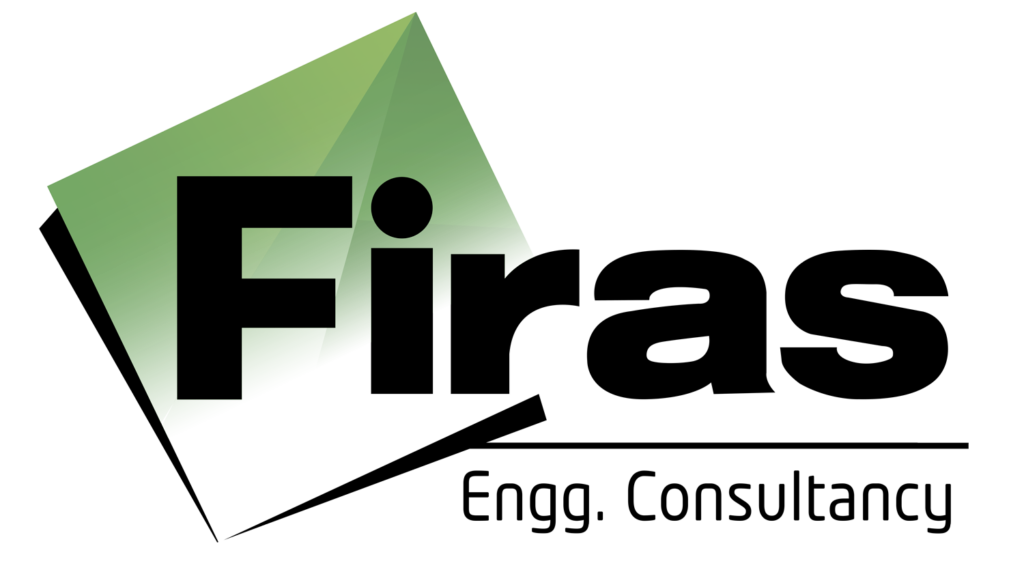Introduction
Buildings and houses have always been a reflection of people’s lives and nature, the integration of smart building technologies with modern architecture is revolutionizing the way buildings are designed, constructed and interact with. As the pace of urban expansion accelerates and sustainability becomes a priority, architects and engineers are turning to smart systems to enhance efficiency, comfort, environmental performance and the trend for Smart Building Technologies.
Smart buildings leverage the Internet of Things, artificial intelligence and automation to optimize energy use, improve security and protection, and create adaptable living spaces. This blog explores the key benefits, technologies and future trends shaping smart architecture.
Key benefits of smart building integration
1. Energy efficiency and sustainability
Smart buildings use sensors and automation to monitor and adjust lighting, heating and cooling in real time. Systems such as smart thermostats and energy-efficient HVAC systems reduce energy consumption, reducing costs and carbon footprints, renewable energy sources, such as solar panels, promote sustainability.
2. Enhanced passenger comfort
Automatic climate control, adaptive lighting and air quality control ensure optimal indoor conditions. AI-based systems recognize user preferences, adjust settings for maximum convenience while minimizing waste.
3. Improve security and safety
Integrated monitoring systems, biometric entry systems and fire detection systems enhance the safety of the building, smart sensors detect hazards such as gas leaks or intrusions, triggering instant alerts for quick response.
4. Cost saving and maintenance optimization
Predictive maintenance supported by IoT sensors identifies equipment problems before they worsen, reducing repair costs. Automated systems also simplify operations and reduce labor expenses.
Basic smart building technologies
1. Internet of things and sensor networks
Connected devices collect data on occupancy, temperature and energy use, which allows making adjustments in real time. This interconnected ecosystem ensures automation and smooth responsiveness.
2. Building automation systems (BAS)
Building automation systems centralize control of lighting, security, heating, ventilation and air conditioning, which improves efficiency. These systems can be managed remotely via smartphones or cloud platforms.
3. Artificial intelligence and machine learning
Artificial intelligence analyzes usage patterns to optimize energy distribution and space utilization. Machine learning algorithms predict peak demand periods, optimizing resource allocation
Artificial intelligence (AI) and machine learning (ML) in smart buildings
You may be wondering, ‘ how do they work?’
Artificial intelligence collects data from sensors (such as: motion sensors, smart meters, HVAC systems) and then analyzes it to understand:
Energy usage patterns (when does the air conditioner or lighting consume heavily?
Behaviors of residents (peak times in the use of elevators, occupied spaces in the building).
Machine learning (a branch of artificial intelligence) uses this data to predict future building needs based on past patterns.
Application examples:
Improved power distribution:
In a commercial skyscraper, artificial intelligence may detect that the 10th and 15th floors consume 40% of the energy due to the density of electronic devices.
Solution: the system directs concentrated cooling of these floors only during working hours and automatically lowers it at night.
Techniques used:
Prediction models (Predictive Modeling):
Such as” linear regression “or” neural networks ” to predict consumption.
(Recommendation Systems):
Like the ones used on Netflix, but here they recommend optimal lighting or ventilation settings.
Economic and environmental benefits:
Saving 15-25% of energy bills (according to a study by Deloitte 2022).
Reduce your carbon footprint by avoiding unnecessary waste.
Challenges:
-Data quality: if the sensors are inaccurate, the system predictions will be wrong.
-Cyber security: artificial intelligence systems may be the target of hacking.
Artificial intelligence and machine learning transform buildings from “rigid” structures into entities that learn and adapt to the needs of users and the environment. This is not a technical luxury but has become a necessity in light of the energy crises and climate change.
4. Smart materials and adaptive design
Self-healing concrete, dynamic glass and photovoltaic facades enhance durability and power generation. These innovations combine functionality with aesthetic appeal.
Challenges and considerations
Despite its advantages, smart buildings face obstacles:
– High initial costs-advanced technology requires significant investments.
– Cybersecurity risks-connected systems are vulnerable to hacking.
– Complexity of integration-updating old buildings can be difficult.
And in architects and developers should adopt these innovations to meet the requirements of future cities while minimizing the environmental impact and by integrating smart systems today, we are paving the way for smarter, environmentally friendly and more resilient urban spaces of the future.
About Firas Engineering Consultancy
Firas Engineering Consultancy plays an active role in promoting sustainable urban development by offering design and engineering solutions that respect the environment and meet modern urban needs. The firm also follows up on project execution to ensure adherence to sustainability standards, working closely with clients to create long-term positive impact on both the environment and society.





